Crafting the Illusion: Composing a Piece for String Ensemble That Sounds Difficult, But Isn’t
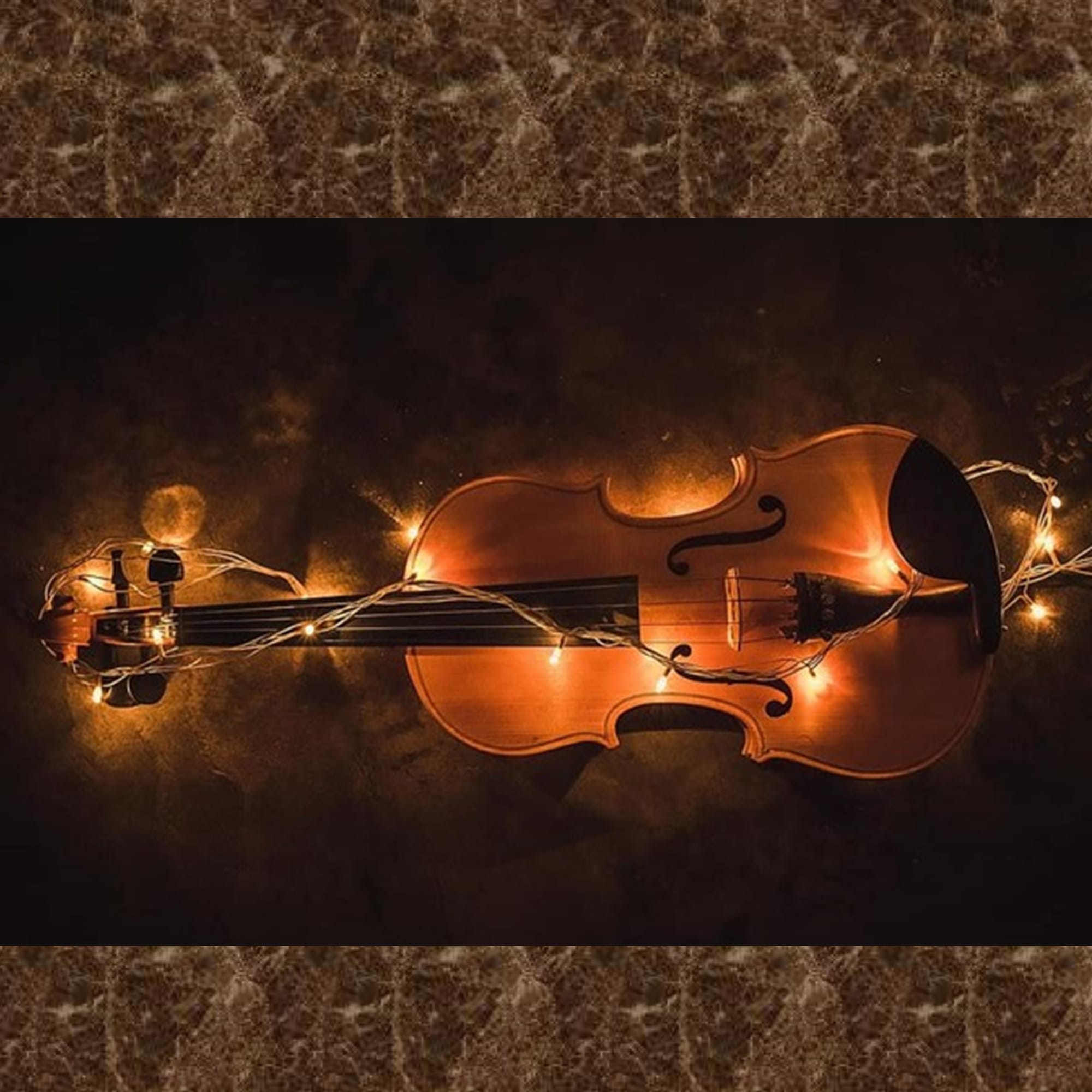
Composing a piece for a string ensemble that sounds complex while remaining easy enough for an intermediate level ensemble can be a challenge. The art lies in creating an illusion of complexity without overwhelming the performers or the audience. In this article, we will explore some key strategies to achieve this delicate balance and examine the process of crafting a piece that sounds intricate but is, in reality, approachable. We’ll be analyzing two pieces composed by Salt Cellar Creations that were crafted with this issue in mind. One is called Golden Morning, a rather melancholy piece; the other is The Awkward Marionette, a lively piece in 7/4 time.
- Understanding Your Ensemble:
Begin by familiarizing yourself with the strengths and limitations of a string ensemble. While string instruments are versatile, it's essential to recognize the technical abilities of the players. Knowing their proficiency will enable you to tailor your composition to showcase their skills without pushing them beyond their comfort zone.
Violin strings are, from the lowest to highest, G, D, A and E. Viola and cello strings are C, G, D, A. Contrabass strings are E, A, D, G. The first thing that needs to be understood is that not all string players are playing on the same strings. Knowing the strings and positions and which ones are easier for the musicians to play is paramount. Some phrases could be all but impossible for some players, especially younger ones.
Golden Morning was written in E minor because, not only does it sit on the lower strings to give it a warmer feel, but the key is easier even for beginning intermediate students. It modulates to A minor to allow the viola a chance to play the melody in a key that is easier for that instrument. Then, it goes back to E minor for the last section. Each key was chosen with the central instrument in mind.
The Awkward Marionette was written in D major since this key, too, is easier for beginning and intermediate players. The key was chosen to be among the easiest because the 7/4 time signature would be more of a challenge.
- Melodic and Rhythmic Variation:
While keeping your piece accessible, introduce melodic and rhythmic elements that offer a sense of variety. Play with different time signatures, syncopations, and phrasing to create the illusion of complexity. Subtle variations can captivate the audience while maintaining a piece that is within the grasp of intermediate performers.
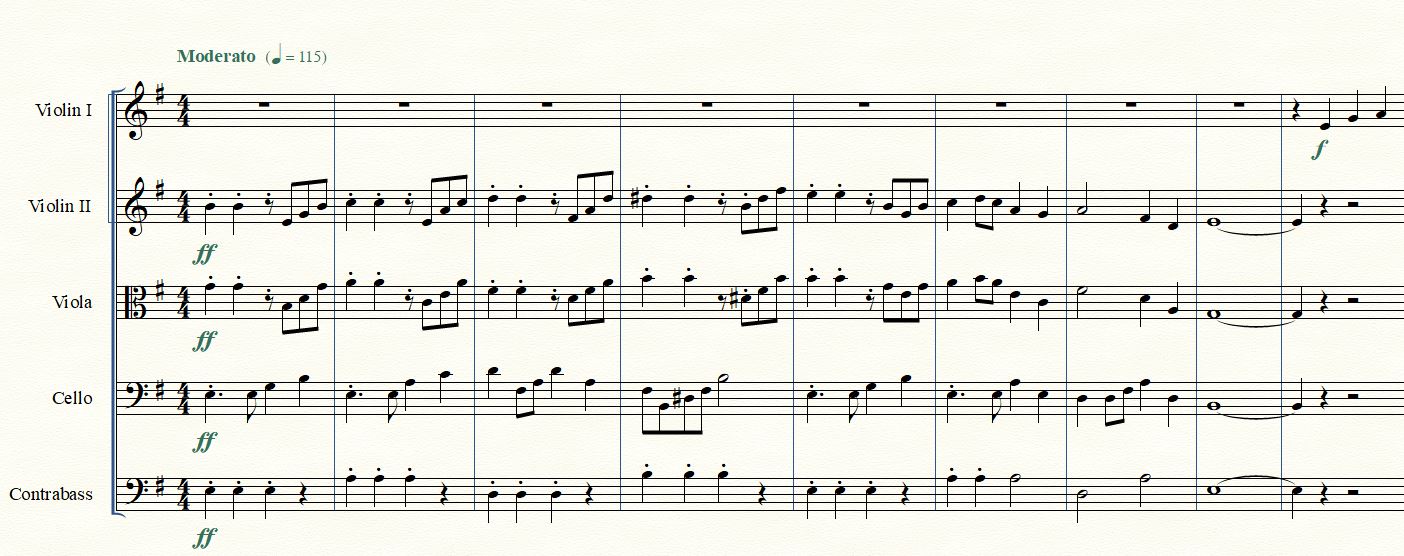
The introduction in Golden Morning has the second violin and viola playing a bit of melody and harmony. The contrabass plays a simple underlying line. Meanwhile, the cello plays its own melody. The motion, in the form of eighth notes, occurs in the last part of the measure for the second violin and viola, while the motion in the cello occurs in the middle and first part of the measure. This creates a sense of motion throughout the measure without any part having to carry that whole motion.

The introduction to TheAwkwardMarionette is a very sparse statement of the main theme. There is the melody in the first violin and the bass part is played by the cello. Accents and note placement define the counting scheme of this main theme. Notice that the accents divide the count in measures 1 – 3 and 5 – 7 into 4&3. At the end of each phrase, in measures 4 and 8, the count is 3&4.
- Variation in Harmonies
Simple triad harmonies are easy enough to create, and are essential for a number of styles of music. But, to create a sense of complexity without being difficult, a subtle shift in these harmonies can be used.
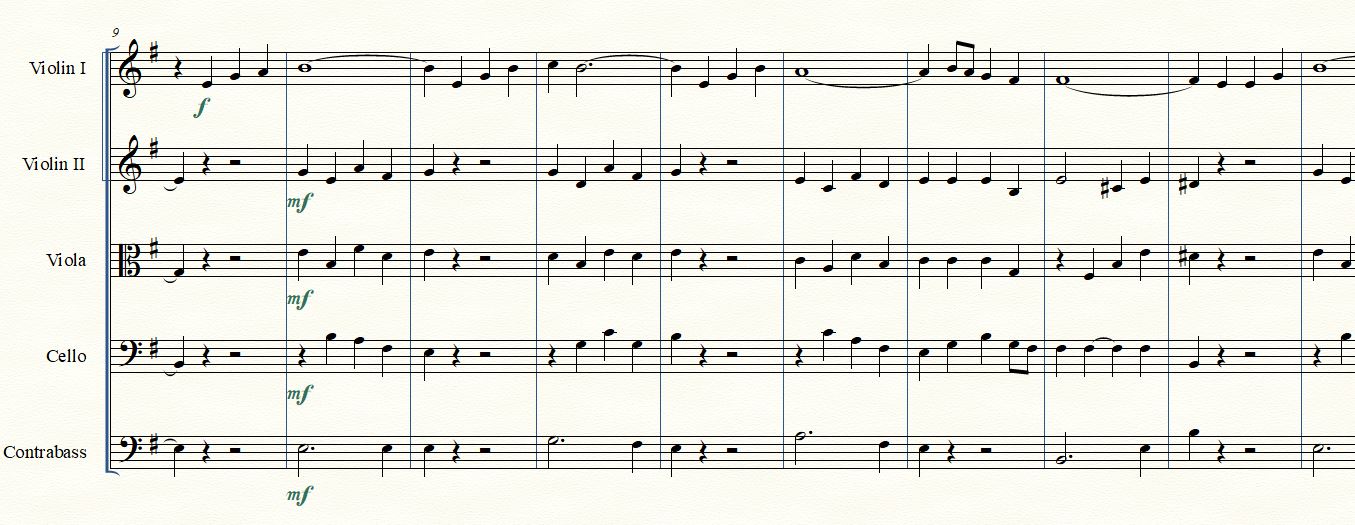
As the melody in GoldenMorning starts in the first violin on an E minor chord, the other parts wander from the E minor to a D major and back underneath the contrabass and violin, which hang on to the E minor notes. In the next phrase of the music, the same thing is done, except that it starts on a G major chord, goes to a D major and ends up on the E minor chord. None of the notes are far apart at all, making it easy for less experienced players to achieve a more advanced sound than they are actually playing.
- Effective Use of Techniques:
Implementing various musical techniques can enhance the perceived difficulty of your composition. Experiment with pizzicato, harmonics, and different bowing techniques to add texture to your piece. Strategic use of these techniques can create a rich and sophisticated sound without necessitating advanced skills from the performers.
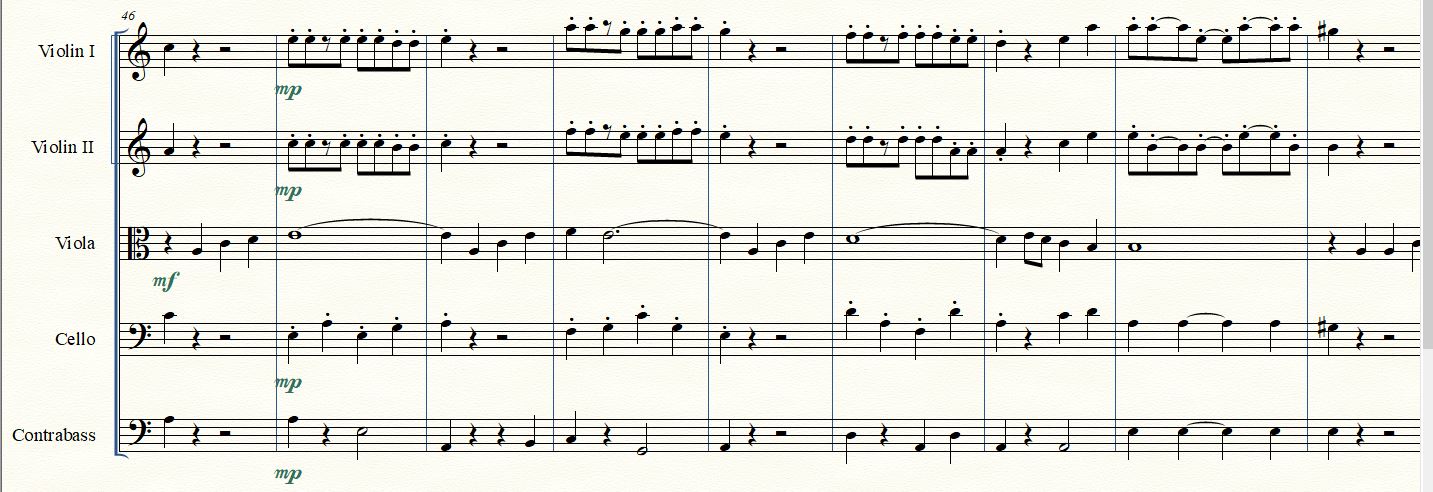
Here, in Golden Morning, the viola has the melody, the violins have a staccato accompaniment part, the cello outlines the chords in an underlying rhythm and the bass plays what might be a simple countermelody. Each part complements the others in rhythm while adding its own layer to the sound.

In The Awkward Marionette, there are a number of places where some instruments are playing arco while the others are playing pizzicato. In this section, the cello and contrabass play virtually the same part, but the overlay of techniques provide a fascinating texture.
- Contrast in Dynamics and Timbre:
Crafting sections with varying dynamics and timbres can contribute to the illusion of complexity. Experiment with sudden changes in volume, shifting between different playing styles, and exploring the full range of the instruments. This not only adds interest to your composition but also creates the impression of a more intricate piece.
Both Golden Morning and The Awkward Marionette have extensive contrasts in dynamics and timbre; often different parts have different dynamic marking so that the lead instrument isn’t overshadowed by the others.

This section of Golden Morning combines a number of techniques at once, the most noticeable of which is the crescendo – decrescendo. The other technique is the repetition of a phrase in the first three parts, but it is offset in regard to the other parts to give a frenzied sound. Meanwhile, the cello pounds away at two notes in succession and the bass provides a solid foundation. The overall effect is quite dramatic, though not difficult at all.
- Balancing Complexity and Accessibility:
Ultimately, the key is to strike a balance between complexity and accessibility. Ensure that your composition challenges the performers to some extent but remains within the scope of their abilities. This balance will result in a piece that sounds sophisticated without being overly demanding. These pieces, like many of the compositions and arrangements at Salt Cellar Creations, have been crafted to meet the players, most of whom are high school age, where they are musically and lead them to their next skill level.
- Strategic Repetition:
Strategic repetition can be a powerful tool in creating a piece that seems intricate. Repeating certain motifs or themes at different points in the composition can give the illusion of a more intricate structure while providing familiarity to both performers and listeners.
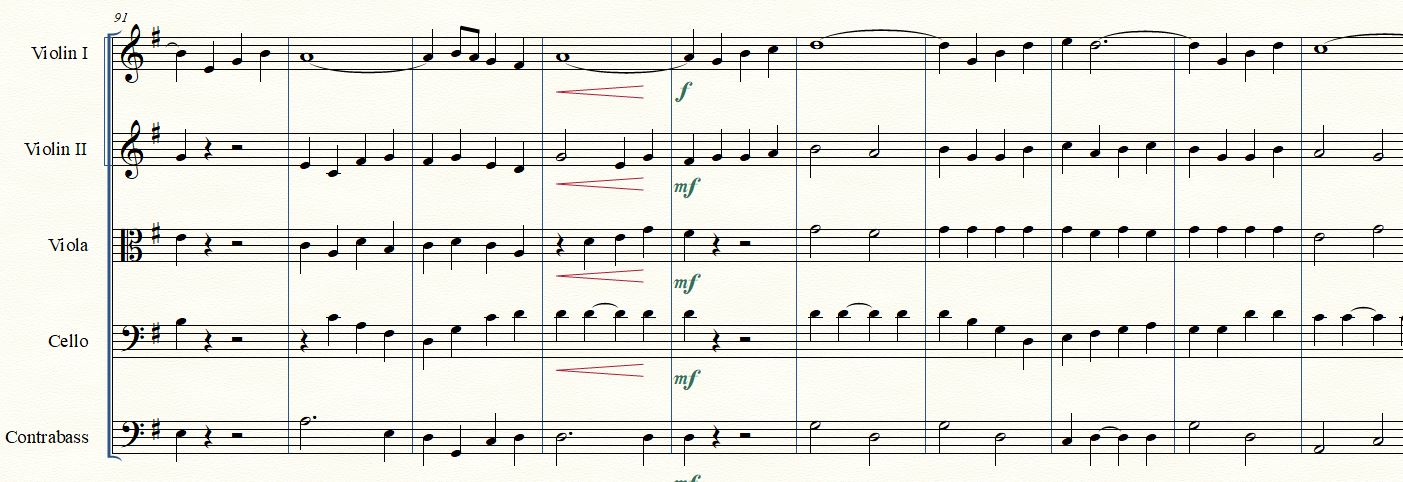
Throughout Golden Morning, the main theme is repeated a number of times, using the same altered harmonies, and being played by different instruments. While the majority of the piece has been in E minor and A minor, this last section matures into G major and uses a less intense, though more dramatic, version of the chord progressions from the main section.
In The Awkward Marionette, since the meter is the big challenge, the melody and its harmony are unchanged. The major variations are the different instruments which pass around the melody, harmony and rhythm.
Crafting a string ensemble composition that appears challenging yet remains accessible requires a thoughtful approach. By understanding the capabilities of the ensemble, incorporating various techniques, experimenting with dynamics, and introducing subtle variations, you can create a piece that captivates both performers and listeners. Embrace the art of illusion in your composition, and you'll find joy in creating music that leaves a lasting impression.
Salt Cellar Creations understands the beauty and power that a String Orchestra can convey and has a growing library of original works and arrangements. Find out more about what Salt Cellar Creations has to offer for String Orchestras HERE. Explore the available music HERE.
SCC can also compose an original piece for you or do a custom arrangement for you. There are two ways that this can be done; one is much more affordable than the other. And SCC is always looking for ideas of pieces to arrange or suggestions for original pieces.
We have sold music not only in the US but in Canada, the United Kingdom, France, Australia, and New Zealand. Please visit the WEBSITE or CONTACT US to let us know what we can do for you!